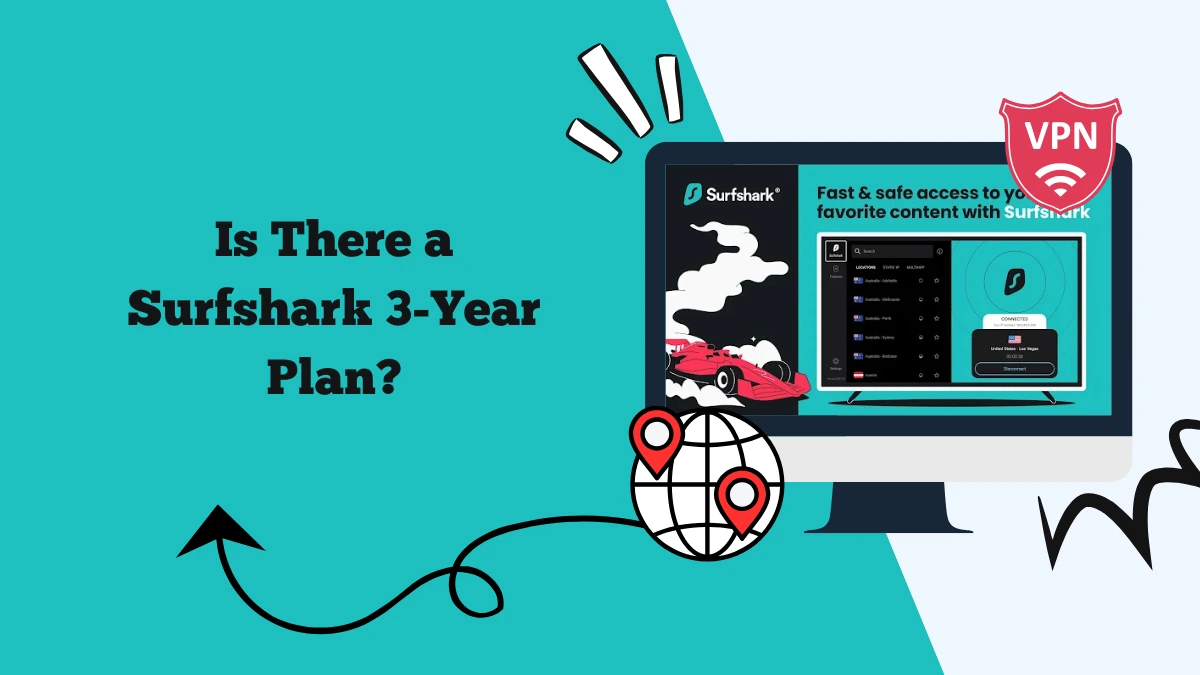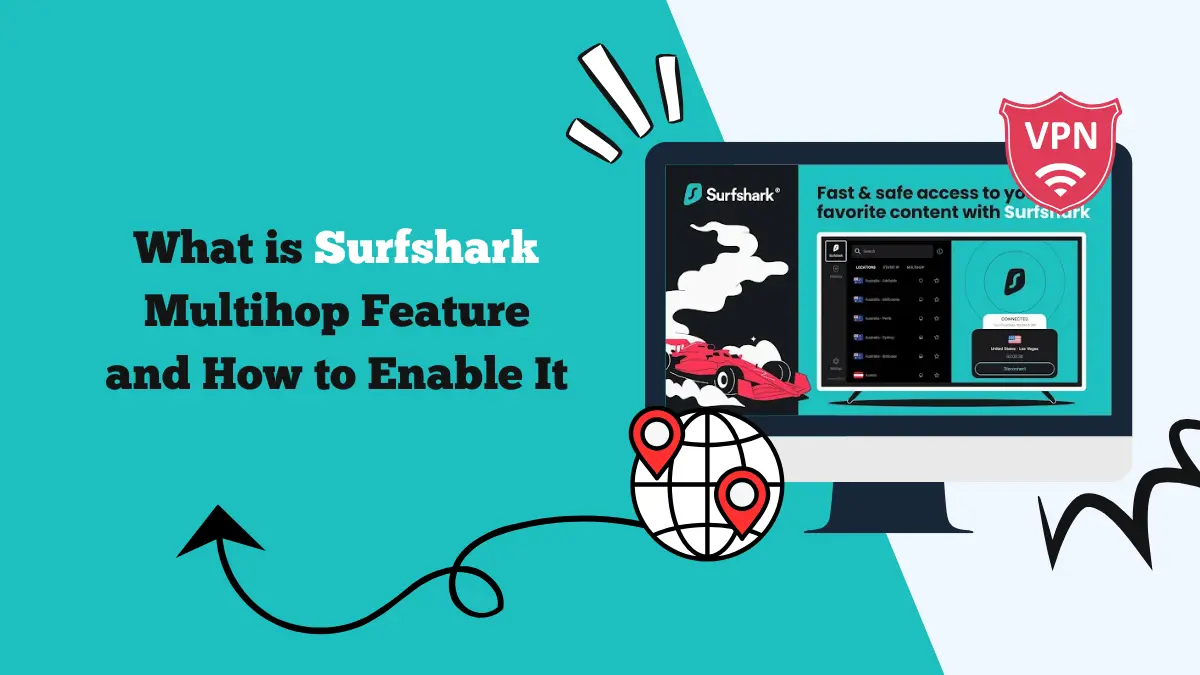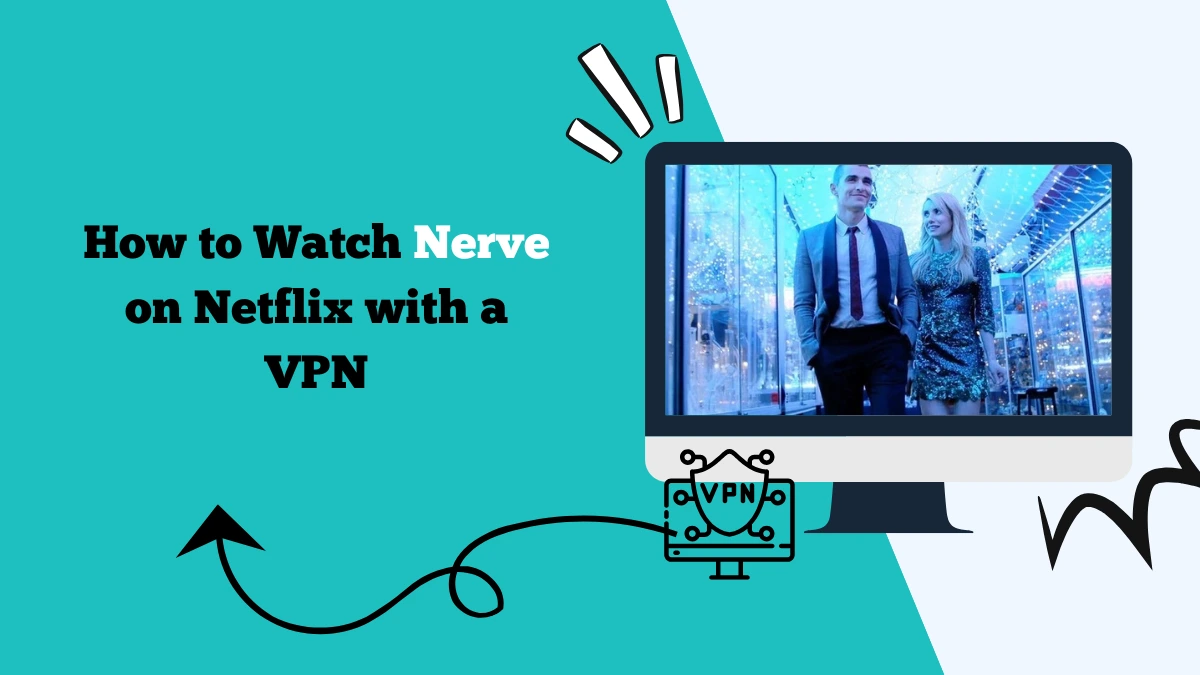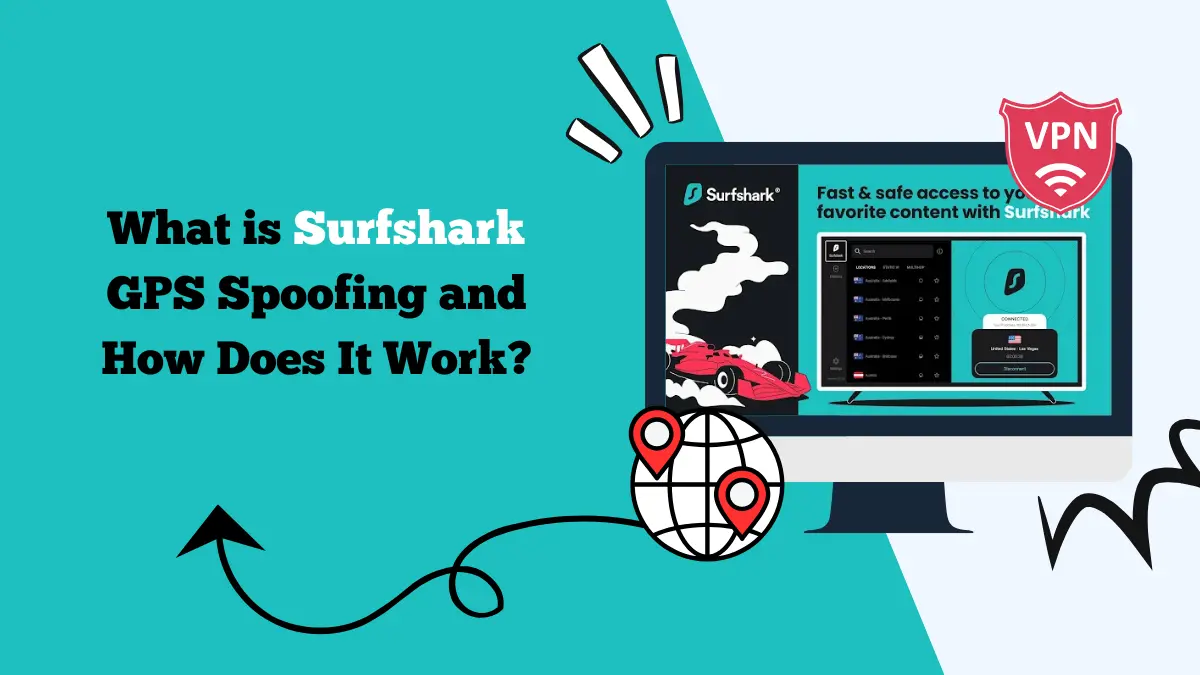Can People See What You Look Up on Their WiFi?
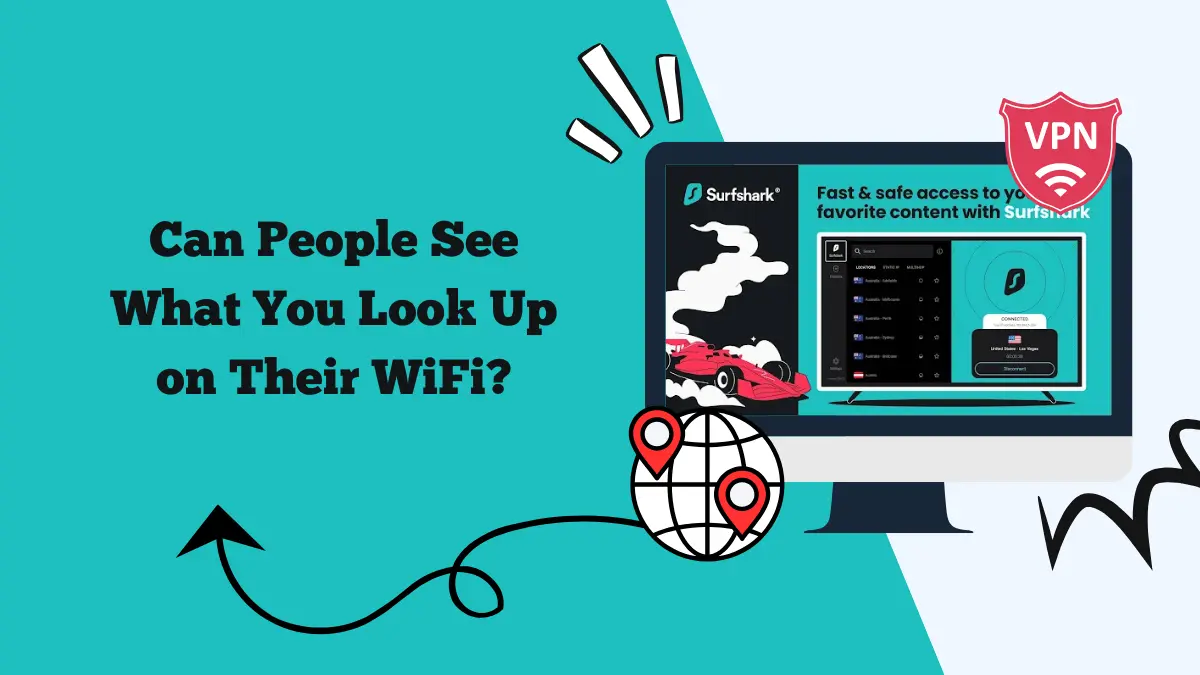
Can People See What You Look Up on Their WiFi? Yes, they can see some of what you do. However, it depends on different factors. Read on to find out more.
Using WiFi feels like second nature today. Whether you are at home, in a café, or at a friend’s place, you connect and start browsing without much thought. But a question many people ask is: can someone who owns the WiFi see what you are looking up online?
The short answer is: yes, they can see some of what you do. However, the amount of detail they see depends on a few factors, like whether websites use HTTPS, whether you use a VPN, and what kind of monitoring tools they have in place.
This article explains what WiFi owners can see, what they cannot, how your data is protected, and what you can do to stay private.
What Can WiFi Owners See?
When you connect to someone’s WiFi, your internet traffic flows through their router before going to the internet. Because of this, the WiFi owner (or anyone who has access to the router or network logs) has visibility into your activity.
Here are the main things they can often see:
1. Websites You Visit
If a website does not use HTTPS encryption, the WiFi owner can see the exact pages you visit and even the content on them. For example, with old or unencrypted websites, they could see what you typed, the forms you filled, and the text on the page.
Even with HTTPS (which most modern websites use), they can still see the domain name (like google.com or netflix.com). They cannot see the specific page, but they know you visited that site.
2. Apps You Use
Many apps send data in the background. A WiFi owner can often see the servers your apps connect to. This can give them a clear idea of what apps or services you are using, like TikTok, Instagram, or Gmail.
3. Time and Duration of Your Activity
They can check what time you connected, how long you stayed online, and how much data you used. For example, if you streamed a two-hour movie, the data usage spike will be noticeable.
4. Device Information
WiFi logs often show your device name, type (phone, laptop, tablet), and MAC address. This makes it easy for the WiFi owner to identify who is doing what on the network.
What Can’t WiFi Owners See?
While WiFi owners do have some visibility, there are also limits:
- They cannot see the content of HTTPS websites. For example, if you check your bank account or send a message through WhatsApp, the actual details are encrypted.
- They cannot see passwords. If you are on an HTTPS site, your login details are encrypted during transmission.
- They cannot see private messages on apps like WhatsApp, Signal, or Telegram. These apps use end-to-end encryption, which keeps your messages hidden from everyone except you and the receiver.
- They cannot see inside VPN traffic. A VPN encrypts all your traffic, making it unreadable to the WiFi owner.
Tools WiFi Owners Might Use
A standard home router gives some basic logs like websites visited, data usage, and devices connected. But tech-savvy WiFi owners or organizations may use advanced tools:
- Packet sniffers (like Wireshark): These capture and analyze traffic in detail. Without encryption, everything can be seen. With encryption, only metadata like domains and data sizes show.
- Parental control software: Many parents use such tools to track what their kids search or limit time online.
- Enterprise monitoring systems: In workplaces, IT teams often monitor internet traffic for security and productivity.
So while the average café owner may not check logs, a workplace or school WiFi almost certainly has monitoring tools.
Can WiFi Owners See Incognito Mode?
A common myth is that browsing in incognito or private mode hides your activity from WiFi owners. This is not true.
Incognito mode only stops your browser from saving history, cookies, or form data on your device. It does nothing to hide your browsing from the WiFi owner, your internet service provider (ISP), or the websites you visit.
So if you are on school or office WiFi, incognito does not protect you.
How to Stay Private on WiFi
If you do not want people to see what you look up on their WiFi, here are the best steps:
1. Use HTTPS Websites
Always make sure the websites you visit use HTTPS (look for the little lock symbol in the browser address bar). This keeps your activity encrypted so WiFi owners cannot see the exact pages.
2. Use a VPN
The best way to hide your browsing from WiFi owners is by using a VPN (Virtual Private Network). A VPN encrypts all of your internet traffic and sends it through a secure server.
To the WiFi owner, your traffic just looks like unreadable encrypted data. They cannot tell what sites you visited or what you searched.
3. Avoid Public WiFi for Sensitive Tasks
If you are on a café, airport, or library WiFi, avoid logging in to bank accounts or doing sensitive work unless you are on a VPN. These networks are often monitored or can be insecure.
4. Use Mobile Data When Needed
If you want complete privacy, switch to mobile data instead of using WiFi. This bypasses the WiFi owner’s network entirely.
5. Check Router Settings at Home
If you are worried about someone at home monitoring your browsing, you can log into the router yourself and check what kind of logs it keeps.
Common Misconceptions
- “Incognito hides me from WiFi owners.” Wrong. It only hides history on your device.
- “WiFi owners can read all my messages.” Not if the apps use encryption (like WhatsApp).
- “Free VPNs protect me.” Many free VPNs are unsafe and may sell your data. Always use a trusted VPN provider.
- “HTTPS means total privacy.” HTTPS hides content but still shows domains, so they can see you visited Netflix, but not what you watched.
Final Thoughts
So, can people see what you look up on their WiFi? Yes, they can see some of it, but not all. They will know the sites or domains you visit, the apps you use, and when you connect. With basic monitoring tools, they may even see detailed logs.
However, they cannot see the exact content of encrypted websites, passwords, or private messages if you use secure apps.
If you care about privacy, the safest steps are to use a VPN, stick to HTTPS websites, and avoid doing sensitive work on public WiFi. With these protections, your browsing remains private and safe, no matter whose WiFi you are using.
